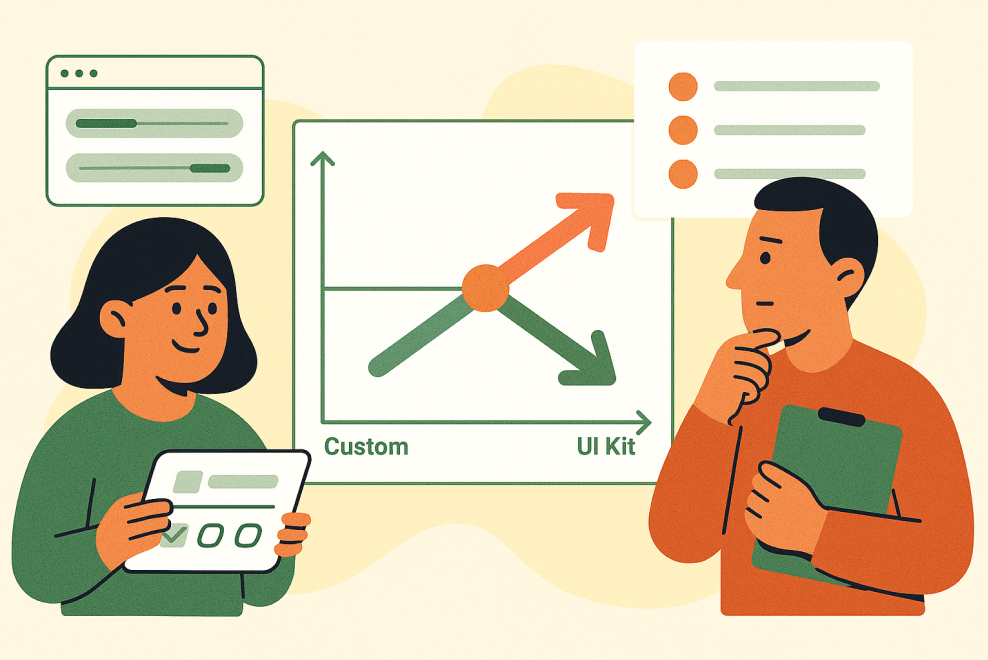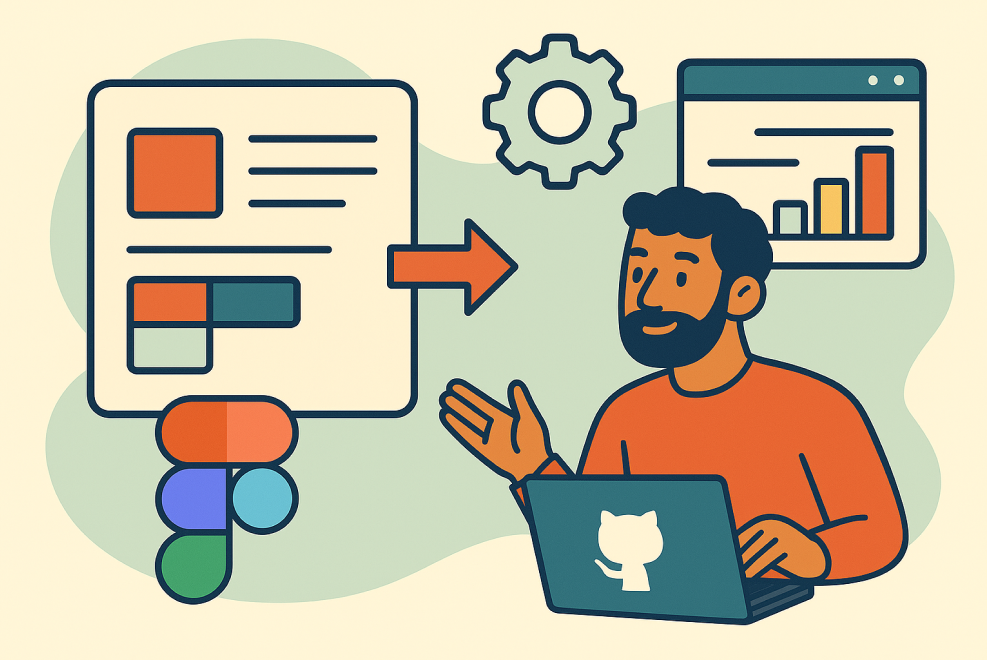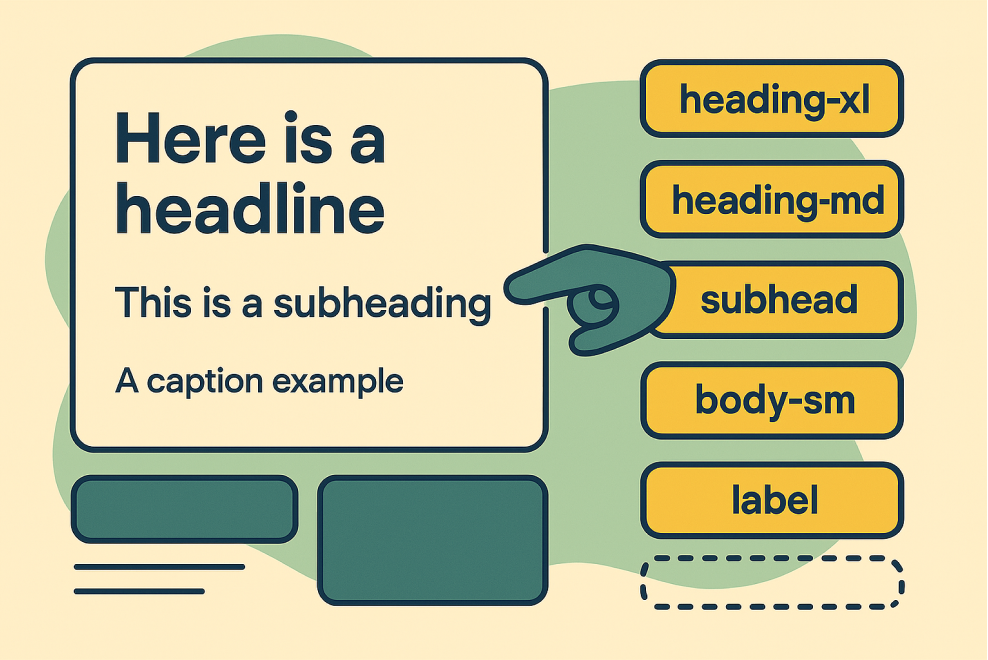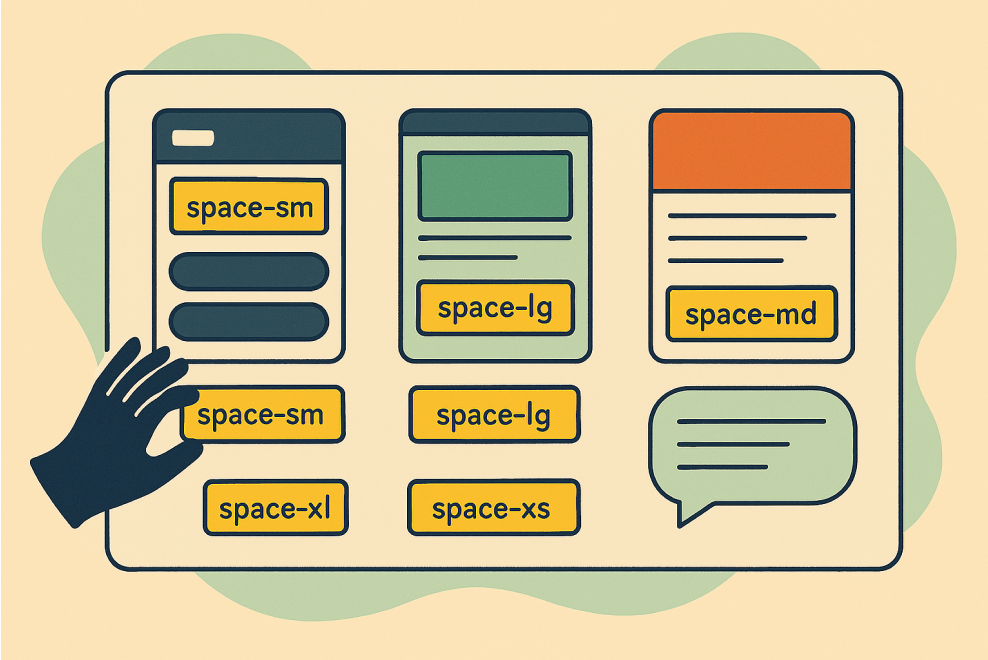Design System Tactics.
Whether you're starting fresh or maintaining a mature system, this growing collection of tactics is designed to help you make progress at every stage.
Design System Onboarding
Smooth onboarding is essential for growing system adoption across all disciplines. This tactic provides a clear and inclusive way to introduce new users — from designers and developers to content designers and PMs — to the system’s tools, libraries, and workflows.
When to Use
When new individuals or teams join the organisation, start engaging with the system, or need help understanding how to navigate and contribute. Onboarding isn’t just for designers — anyone using or supporting the system benefits from clarity and support from day one.
Steps
-
Tailor guides to different roles
Provide onboarding content for key user groups — e.g., designers, engineers, content designers, PMs — covering what’s relevant to their work and how they interact with the system.
-
Create clear entry points
Set up intuitive landing pages or doc hubs (in Notion, Confluence, etc.) with links to key resources, tools, and contact points.
-
Explain how the system works
Include overviews of structure, governance, tokens, libraries, and how updates flow from design to code.
-
Offer practical getting-started guides
Build quick-start resources for everyday tasks:
- For designers: how to find and use components in Figma
- For engineers: where to find tokens or components in code
- For PMs/content: how to give feedback or request changes
-
Provide ongoing support
Run intro sessions, record walkthroughs, or hold drop-in clinics. Keep docs up to date and visible. Encourage a culture of asking questions early.
Outcomes
- Faster, more confident onboarding across disciplines
- Better system adoption and alignment
- Fewer support requests and inconsistencies in usage






























